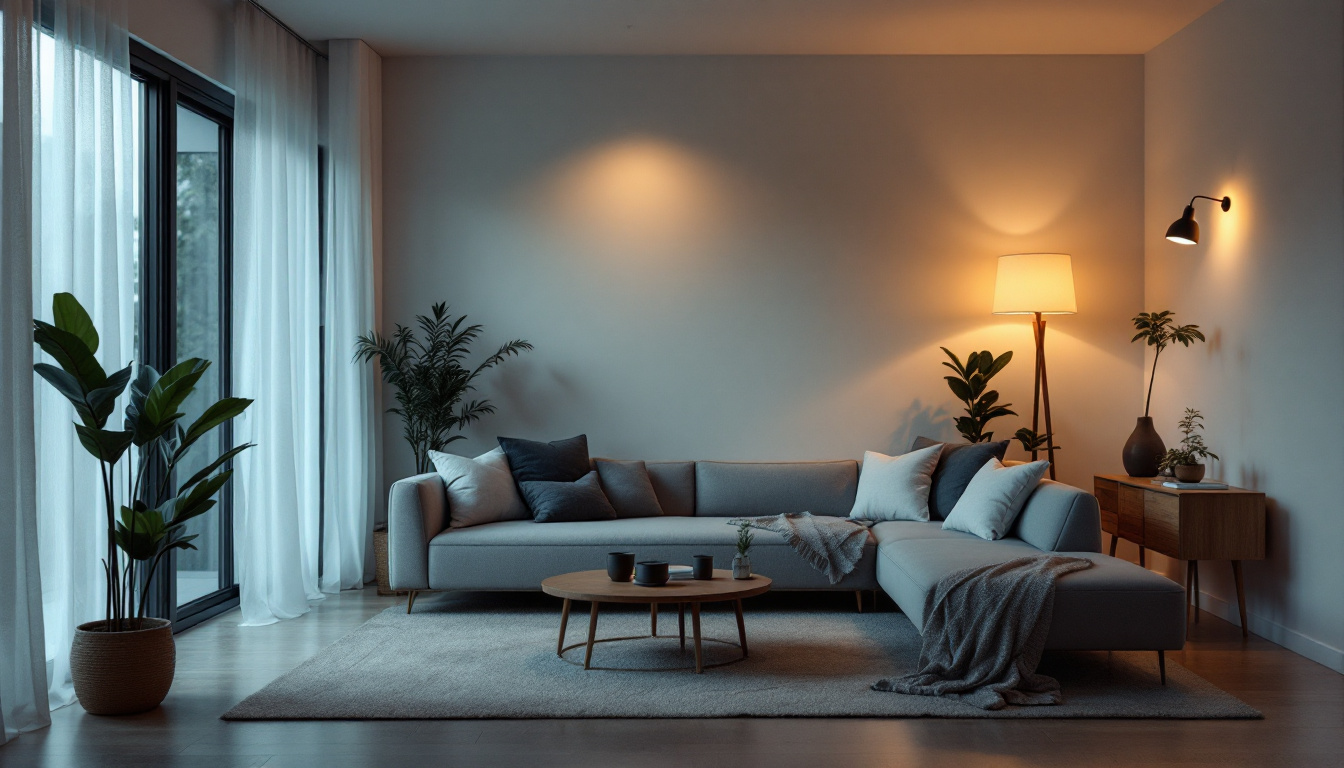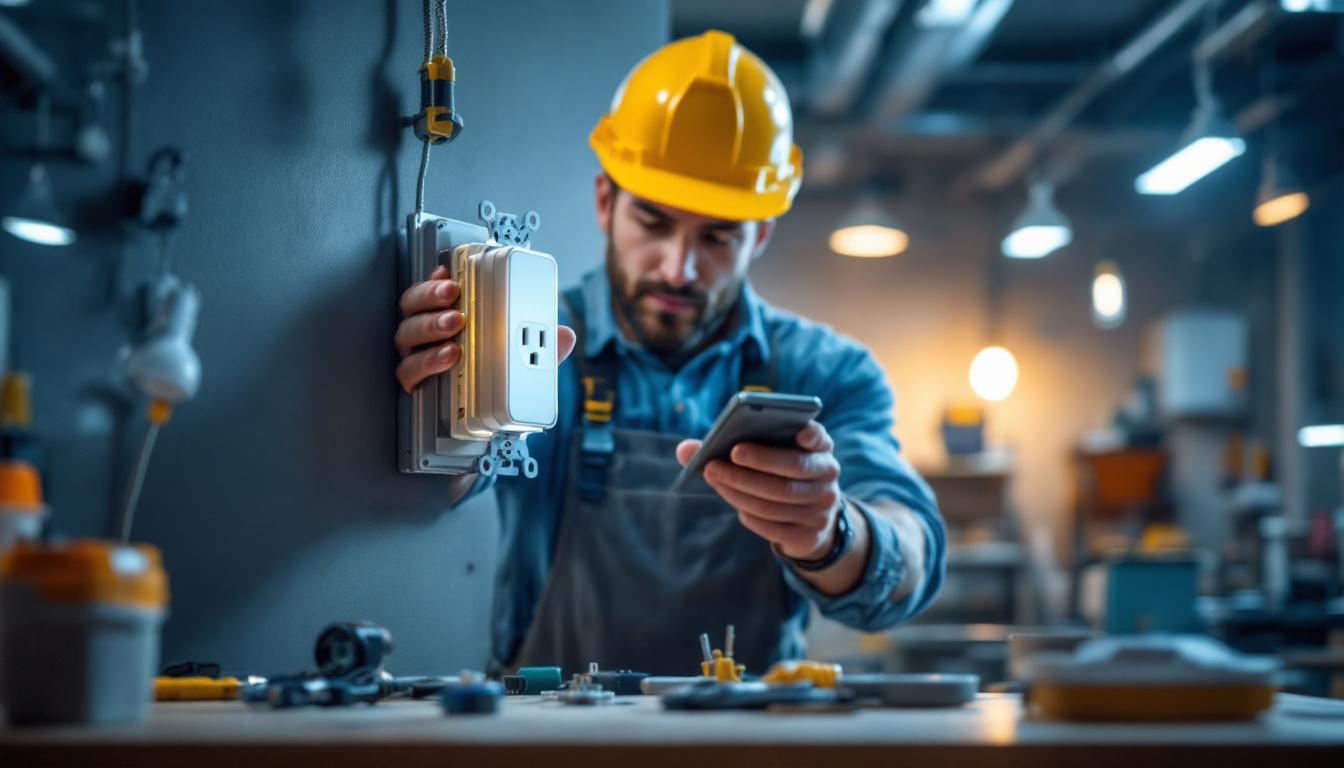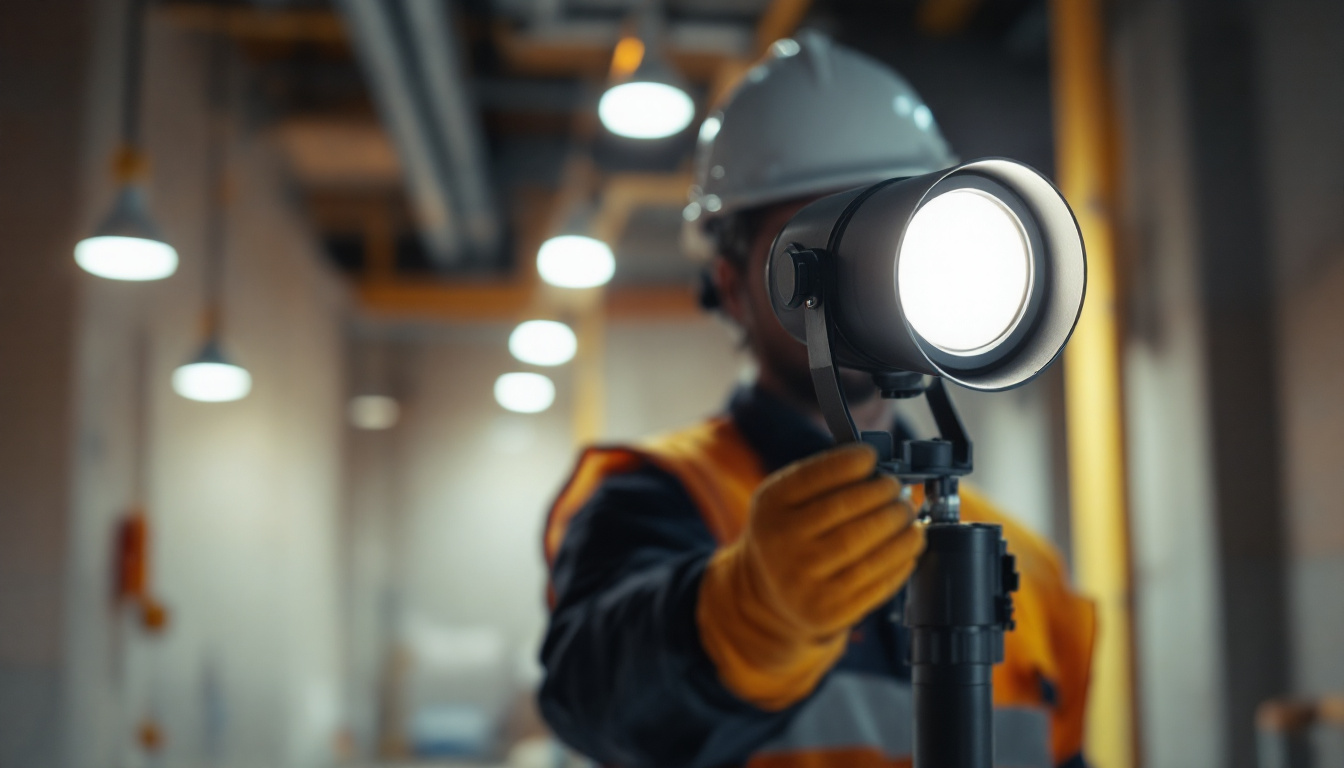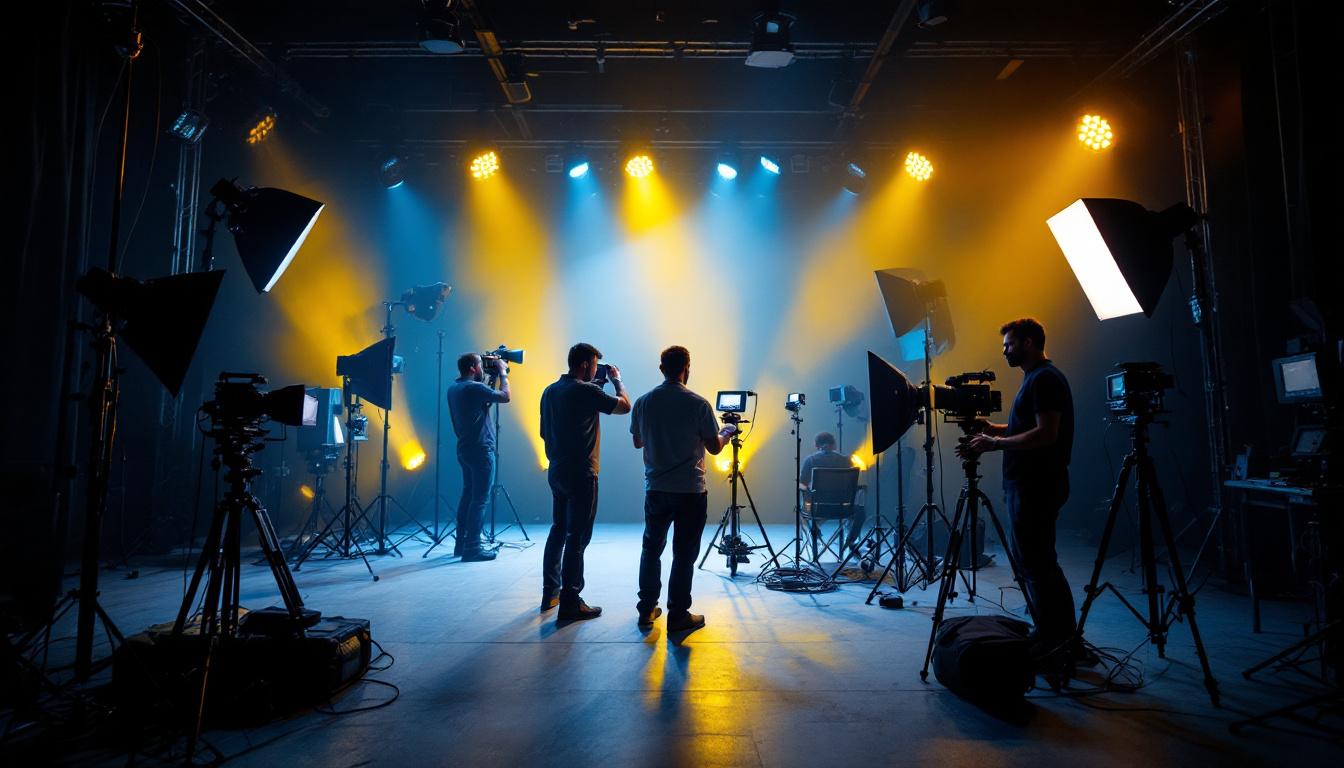
In recent years, the lighting industry has undergone a significant transformation, with house lighting emerging as a crucial element in both residential and commercial spaces. The evolution of design, technology, and energy efficiency has made house lighting not only a functional necessity but also a vital component of aesthetic appeal and sustainability. This article delves into the growing importance of house lighting, exploring its impact on the industry and the various trends shaping its future.
House lighting has evolved from mere functionality to a central aspect of interior design. Today, lighting is recognized for its ability to influence mood, enhance architectural features, and create a cohesive environment. Designers and architects are increasingly incorporating innovative lighting solutions into their projects, understanding that effective lighting can transform a space.
One of the primary roles of house lighting is to create ambiance. Different lighting types—such as ambient, task, and accent lighting—serve distinct purposes and contribute to the overall atmosphere of a room. For instance, warm, soft lighting can evoke a sense of comfort and relaxation, making it ideal for living rooms and bedrooms. In contrast, brighter, cooler lighting is often used in kitchens and workspaces to enhance visibility and productivity.
Moreover, the strategic placement of lights can highlight architectural features, artwork, or decorative elements, allowing homeowners to showcase their personal style. This versatility in design has made house lighting an essential tool for interior decorators and lighting contractors alike. By layering different types of lighting, designers can create dynamic environments that shift in mood and functionality throughout the day. For example, a dining area can transition from bright, focused lighting during meal prep to softer, ambient lighting for an intimate dinner setting, illustrating how lighting can adapt to various activities and enhance the overall dining experience.
As sustainability becomes a focal point in design and construction, energy-efficient lighting solutions are gaining traction. LED technology, for instance, has revolutionized the industry by offering long-lasting, low-energy alternatives to traditional incandescent bulbs. These advancements not only reduce energy consumption but also lower electricity bills, making them an attractive option for homeowners.
Incorporating smart lighting systems further enhances energy efficiency. These systems allow users to control their lighting remotely, set schedules, and adjust brightness levels based on natural light availability. Such innovations not only contribute to sustainability but also align with the growing consumer demand for environmentally friendly solutions. Additionally, the integration of solar-powered lighting options is becoming increasingly popular, particularly for outdoor spaces. These systems harness sunlight during the day to power outdoor fixtures at night, reducing reliance on grid electricity and further promoting a sustainable lifestyle. As technology continues to advance, the possibilities for eco-friendly lighting solutions will only expand, making it easier for homeowners to embrace a greener approach to design.
The integration of technology in house lighting has opened new avenues for creativity and functionality. From smart home systems to advanced control mechanisms, the lighting industry is witnessing a wave of innovation that is reshaping how spaces are illuminated.
Smart lighting solutions are at the forefront of this technological revolution. These systems enable homeowners to manage their lighting through mobile apps, voice commands, or automated schedules. This level of control enhances convenience and personalization, allowing users to create specific lighting scenes for various activities or moods.
Additionally, smart lighting can be integrated with other smart home devices, such as thermostats and security systems, creating a cohesive and efficient home environment. This interconnectedness not only improves user experience but also adds value to properties, making them more appealing to potential buyers.
Furthermore, many smart lighting systems now incorporate energy-efficient LED technology, which significantly reduces electricity consumption compared to traditional incandescent bulbs. This not only lowers utility bills but also aligns with the growing emphasis on sustainability and eco-friendly living. Homeowners can monitor their energy usage through smart apps, allowing them to make informed decisions about their lighting habits and further reduce their carbon footprint.
Innovative designs are also reshaping the landscape of house lighting. Designers are experimenting with various materials, shapes, and technologies to create unique fixtures that serve as statement pieces. From minimalist designs to elaborate chandeliers, the options are endless.
Moreover, the trend towards customizable lighting solutions allows homeowners to select fixtures that reflect their personal style. This customization extends to color temperature, brightness, and even the ability to change colors, providing a level of personalization that was previously unattainable.
In addition to aesthetic appeal, many modern lighting designs focus on functionality and adaptability. For instance, some fixtures are now equipped with adjustable arms or modular components, allowing users to alter the direction and intensity of light to suit different tasks or settings. This versatility is particularly beneficial in multi-purpose spaces, such as home offices or living areas, where lighting needs can vary significantly throughout the day. As a result, innovative lighting designs not only enhance the visual appeal of a home but also contribute to a more practical and enjoyable living experience.
Beyond aesthetics and energy efficiency, house lighting plays a significant role in promoting health and well-being. Research has shown that the quality of lighting can affect mood, productivity, and even sleep patterns. Understanding these impacts is crucial for lighting contractors and designers alike.
Lighting has a profound effect on human psychology. Bright, natural light can enhance mood and increase productivity, making it essential in workspaces and study areas. Conversely, inadequate or harsh lighting can lead to discomfort and fatigue, negatively impacting performance.
Designers are increasingly considering these factors when planning lighting layouts. By incorporating adjustable lighting solutions and maximizing natural light, spaces can be optimized for both comfort and efficiency.
Another critical aspect of house lighting is its influence on circadian rhythms. Exposure to natural light during the day helps regulate sleep-wake cycles, promoting better sleep quality. In contrast, excessive exposure to artificial light at night can disrupt these rhythms, leading to sleep disturbances.
To address this issue, many designers are now advocating for the use of tunable white lighting, which allows users to adjust the color temperature throughout the day. This approach not only enhances comfort but also supports overall health and well-being.
Despite the advancements and growing importance of house lighting, the industry faces several challenges that lighting contractors must navigate. Understanding these challenges is essential for staying competitive and meeting client expectations.
The rapid pace of technological advancements can be daunting for lighting contractors. New products and systems are continually being developed, requiring professionals to stay informed and adapt to changing trends. This need for ongoing education can be a barrier for some contractors, particularly those who have been in the industry for many years.
To overcome this challenge, lighting contractors should actively seek out training opportunities, attend industry conferences, and engage with manufacturers to stay updated on the latest innovations. By doing so, they can provide clients with the best possible solutions and maintain a competitive edge.
Another challenge lies in balancing aesthetics with functionality. While homeowners often prioritize design, it is crucial to ensure that lighting solutions meet practical needs. This balance requires a deep understanding of both design principles and technical specifications.
Lighting contractors must work closely with clients to understand their preferences and requirements, ensuring that the final design is both visually appealing and functional. This collaborative approach can lead to more satisfied clients and successful projects.
As the lighting industry continues to evolve, the future of house lighting looks promising. With advancements in technology, a growing emphasis on sustainability, and an increasing focus on health and well-being, the potential for innovation is vast.
Artificial intelligence (AI) is poised to play a significant role in the future of house lighting. Smart lighting systems that learn user preferences and adapt accordingly can enhance convenience and efficiency. For example, AI can analyze patterns in lighting usage and automatically adjust settings to optimize energy consumption while maintaining comfort.
This level of automation not only simplifies the user experience but also contributes to sustainability efforts, making it an exciting area of development for lighting contractors to explore.
The trend towards customization and personalization is likely to continue shaping the house lighting industry. As consumers seek unique solutions that reflect their individual styles, lighting contractors will need to offer a diverse range of options and services.
From bespoke fixtures to tailored lighting plans, the ability to provide personalized solutions will be a key differentiator in a competitive market. Contractors who embrace this trend will be better positioned to meet the evolving demands of their clients.
The growing importance of house lighting in the lighting industry cannot be overstated. As technology advances and consumer preferences shift, lighting contractors must adapt to remain relevant. By embracing innovation, prioritizing energy efficiency, and understanding the health benefits of lighting, professionals can create spaces that are not only functional but also enhance the overall quality of life.
As the industry continues to evolve, staying informed and proactive will be essential for success. The future of house lighting is bright, and those who navigate its complexities will find ample opportunities for growth and creativity.
Ready to elevate your lighting game? At LumenWholesale, we provide lighting contractors with the high-quality, spec-grade lighting products you need to bring your projects to life. With our competitive wholesale prices and commitment to cutting out the middleman, you can trust that you’re getting the best value for your investment. Our wide selection of industry-standard lighting solutions ensures that you can find the perfect fit for any design, all while benefiting from the convenience of free shipping on bulk orders. Don’t compromise on quality or cost—choose LumenWholesale for a seamless blend of excellence and affordability. Explore our Wholesale Lighting at the Best Value and start transforming spaces today.

Discover how self-contained receptacles are revolutionizing the lighting industry, offering contractors unparalleled efficiency, safety, and ease of installation.

Discover how the innovative Bi-Directional Cylinder Light can give lighting contractors a competitive edge in securing more bids.

Explore the pros and cons of Warelight compared to its top alternatives in this comprehensive guide for lighting contractors.

Explore the essential guide to cinema lighting with “Cinema Lights: Demystified.” Uncover key insights and practical tips that every lighting contractor needs to master the art of illuminating the silver screen..